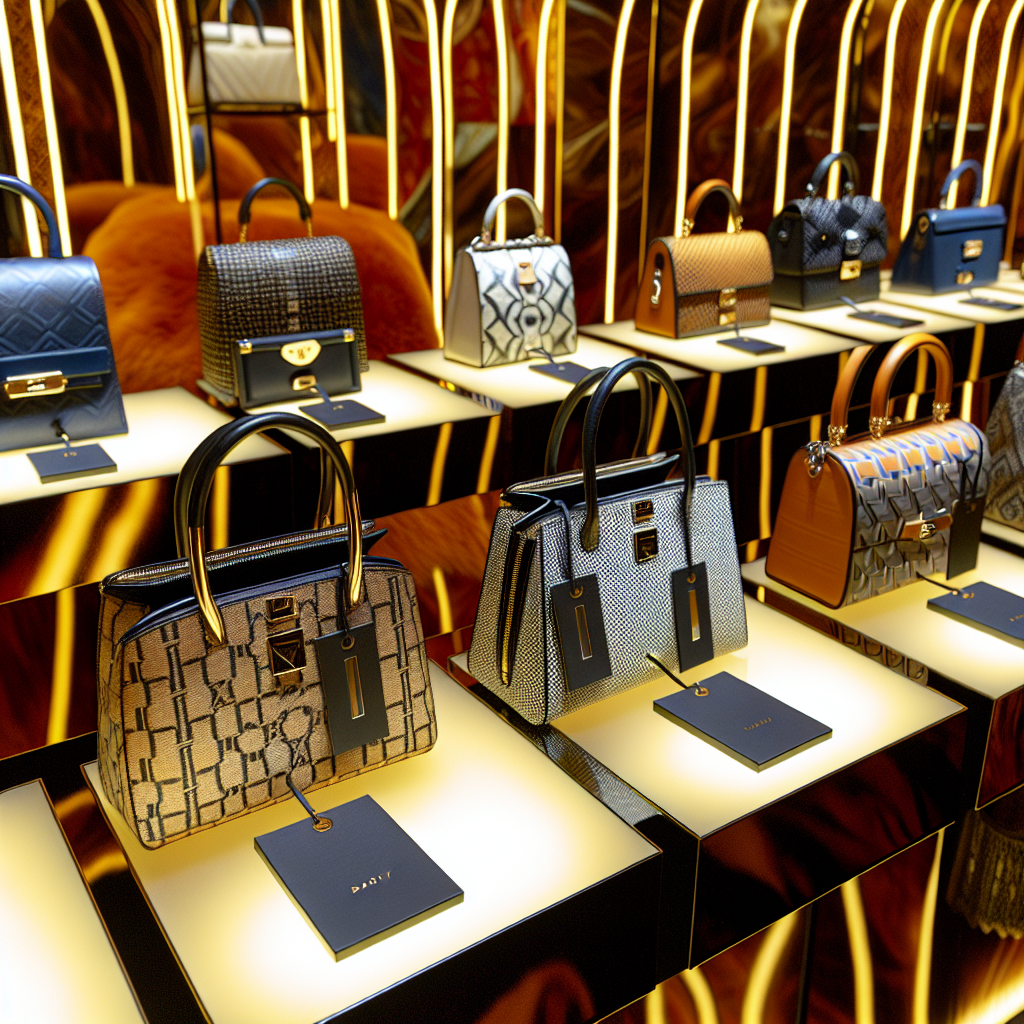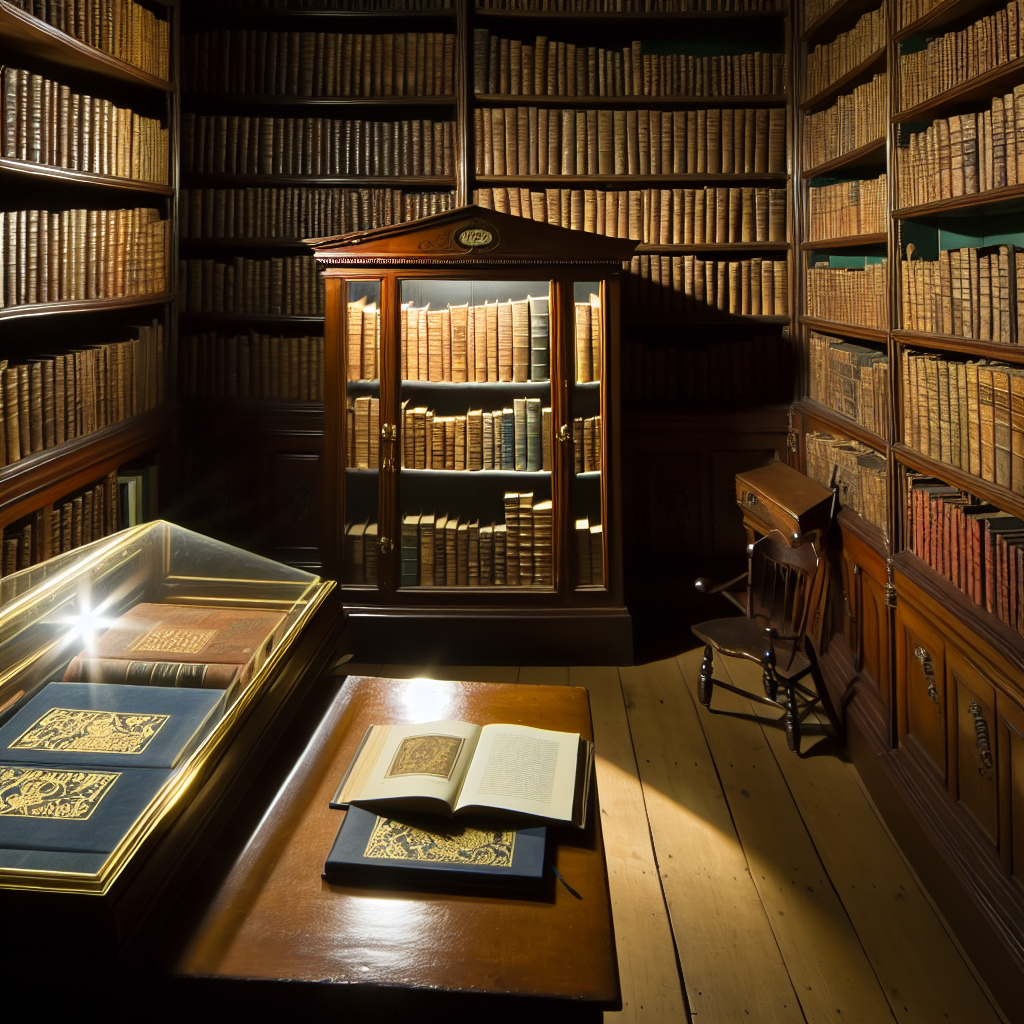Limited Edition Handbags: Investment Strategy for 2025
Introduction: Why Luxury Handbags Are a Smart Investment
Luxury fashion has long remained a symbol of prestige and financial acumen, with limited edition handbags emerging as one of the most lucrative investment opportunities for high-net-worth individuals. In 2025, ultra-rare designer bags are expected to continue outperforming traditional investment assets, offering a blend of aesthetic appeal, exclusivity, and financial growth potential. From Hermès and Chanel to Louis Vuitton, handbag collectors and investors alike are looking to expand their portfolios with pieces that are not just accessories but appreciating assets.
Recent trends have demonstrated that luxury handbags have outpaced gold and the stock market in terms of value appreciation. A report from Art Market Research (AMR) reveals that designer handbags have seen an annual growth of 8-15% in value, placing them among the best-performing alternative asset classes. The demand for rare, limited edition handbags is fueled by affluent buyers who recognize the rarity of such pieces—many of which are produced in small quantities or as part of exclusive collaborations.
In addition to their aesthetic allure, limited edition handbags become more desirable due to their scarcity. Unlike mass-produced items, these handbags are designed with unique elements such as exotic leathers, precious embellishments, and artisanal craftsmanship, making them timeless collectors’ pieces. Wealthy buyers view them not just as fashion statements but also as wealth preservation tools, given their potential for resale value growth over time.
Luxury handbag manufacturers continue to capitalize on emotional buying and exclusivity, ensuring that only a select few obtain access to these exquisite pieces. As the demand for ultra-exclusive luxury continues to soar, experts predict that investment opportunities in limited edition handbags will remain exceptionally strong throughout 2025.
But how does one approach this investment wisely, and what makes certain bags particularly valuable? To answer these questions, let’s explore the key features that contribute to the financial feasibility of investing in designer bags.
Key Features That Make Limited Edition Handbags Profitable
Scientific and economic research supports the idea that rare artifacts and collectibles, including luxury handbags, can serve as viable investment assets. A comprehensive study by Baghunter, a luxury handbag resale platform, found that the value of Hermès Birkin bags has increased by over 500% in the last 35 years, outperforming traditional investments like the S&P 500 and gold. This surge is tied to a combination of exclusivity, brand heritage, and material quality.
In addition, a 2022 study published in the Journal of Consumer Research explored the psychological factors driving luxury purchases. The study concluded that consumers are more likely to invest in rare, limited edition pieces when they perceive a high level of exclusivity, status signaling, and potential financial gain. The fear of missing out (FOMO) plays a significant role in the decision-making process, as collectors believe they may not have another opportunity to acquire these unique items.
The Veblen Effect and the Rise in Handbag Value
Economists have pointed to the “Veblen Effect”, a concept in which high-end luxury goods see increased demand as their price rises, contrary to traditional supply-and-demand principles. Limited edition handbags operate under this principle, making them highly desirable as status symbols and investments. This effect, combined with consistent scarcity, drives long-term value retention and growth.
The Science Behind Luxury Buying Decisions
Medical research in behavioral economics further supports the idea that luxury purchases trigger pleasure-related areas within the brain, reinforcing their psychological and financial value. A report from the Harvard Business Review suggests that luxury goods consumption is linked to dopamine-driven reward mechanisms, influencing individuals to rationalize investment-level spending on such items.
With the rise of social media influencer marketing and celebrity endorsements, handbag investments are further propelled by curated luxury experiences, adding another layer of desirability to these exclusive assets.
Handbags vs. Traditional Investments: Which One Wins?
Handbags Provide a Hedge Against Inflation
From an economic standpoint, luxury handbag investments withstand inflation better than many traditional asset classes. While stocks and real estate fluctuate based on market conditions, demand for limited edition handbags remains relatively stable, sometimes even peaking during economic downturns.
According to the Knight Frank Luxury Investment Index, handbags as an asset class have seen a nearly 40% increase in five years, outperforming many other luxury investment categories, including traditional art and fine wine.
Comparing Handbags to Gold, Stocks, and Real Estate
– Gold: While gold has long been considered a store of value, it sees high volatility based on economic conditions.
– Stock Market: Stocks offer potential long-term growth, but they are subject to economic recessions and market crashes.
– Real Estate: Property investments require high upfront capital and ongoing maintenance costs.
– Limited Edition Handbags: With consistent demand, scarcity, and exclusivity, luxury handbags have demonstrated steady growth and retained their value regardless of market fluctuations.
How to Build a Profitable Handbag Portfolio in 2025
For discerning investors looking to maximize returns on handbag investments in 2025, strategic acquisition is crucial. Focus should be placed on the following factors:
1. Brand Prestige Matters
The most sought-after investment-grade handbags come from iconic brands such as:
– Hermès (Birkin, Kelly, Constance)
– Chanel (Classic Flap, Boy Bag, 2.55 Reissue)
– Dior (Lady Dior, Saddle Bag)
– Louis Vuitton (Capucines, Petite Malle)
2. Rarity & Limited Editions
Bags that belong to highly exclusive collections, have been discontinued, or feature limited production runs often hold the highest resale values.
3. Premium Materials Make a Difference
– Exotic Leathers: Crocodile, alligator, ostrich, and lizard increase resale value.
– Precious Metals & Gemstones: Some exclusive bags feature gold hardware, diamonds, and rare craftsmanship that drive value even higher.
4. The Importance of Resale & Historical Performance
Before purchasing, investors should analyze past resale prices and market trends to determine potential appreciation. Platforms like Christie’s, Sotheby’s, Heritage Auctions, and leading luxury resellers provide historical pricing insights.
5. Work with Trusted Experts
The luxury resale market is abundant with counterfeits, so certification by reputable auction houses and authenticators ensures that you receive only genuine, investment-worthy pieces.
Conclusion: Why Limited Edition Handbags Are a Must-Have Investment in 2025
For those seeking to merge style, sophistication, and solid investment returns, limited edition handbags remain a formidable asset class in 2025.
From the undeniable impact of rarity and exclusivity to data-driven proof that luxury handbags outperform traditional assets, these designer pieces offer far more than aesthetic allure.
With careful selection, in-depth market research, and an understanding of psychological and economic factors, collectors can build wealth while indulging in luxury craftsmanship. As elite collectors seek to further refine their portfolios, the allure of limited edition handbags continues to stand the test of time.
Summary:
Limited edition luxury handbags have emerged as a lucrative investment opportunity, outperforming traditional assets like stocks and gold. With their exclusivity, brand prestige, and potential for resale value growth, these designer bags offer a unique blend of style and financial returns. By understanding the key factors that drive handbag investments, such as rarity, premium materials, and historical performance, investors can build a profitable portfolio in 2025 and beyond.
References:
– Art Market Research (2023) – “Designer Handbags Value Index”
– Baghunter (2022) – “Hermès Birkin vs. Gold and S&P 500”
– Journal of Consumer Research (2022) – “Psychological Factors Driving Luxury Purchases”
– Harvard Business Review (2021) – “The Neuroscience of Luxury Buying”
– Knight Frank Luxury Investment Index (2023) – “Luxury Investment Growth Statistics”

Dominic E. is a passionate filmmaker navigating the exciting intersection of art and science. By day, he delves into the complexities of the human body as a full-time medical writer, meticulously translating intricate medical concepts into accessible and engaging narratives. By night, he explores the boundless realm of cinematic storytelling, crafting narratives that evoke emotion and challenge perspectives. Film Student and Full-time Medical Writer for ContentVendor.com




